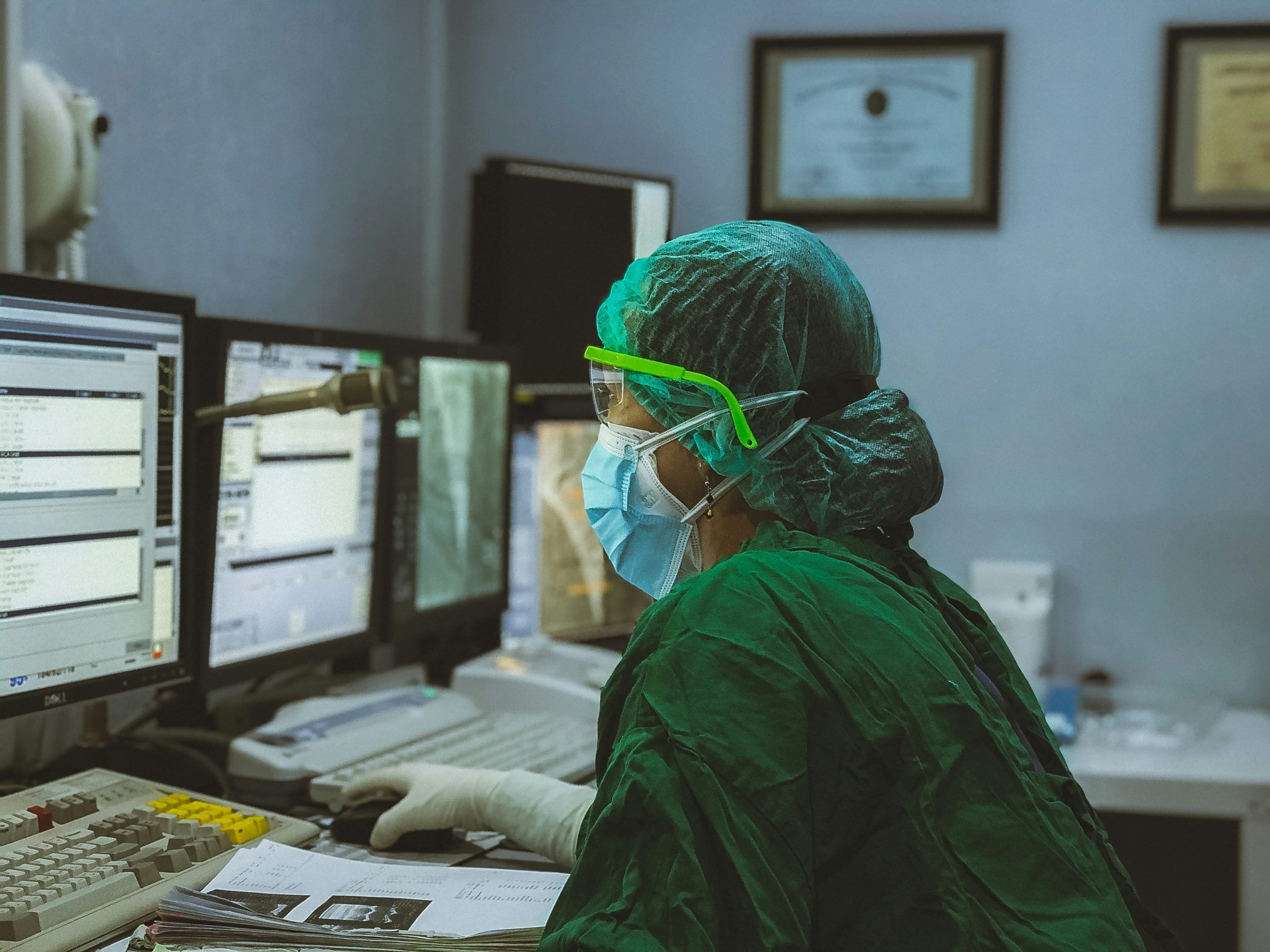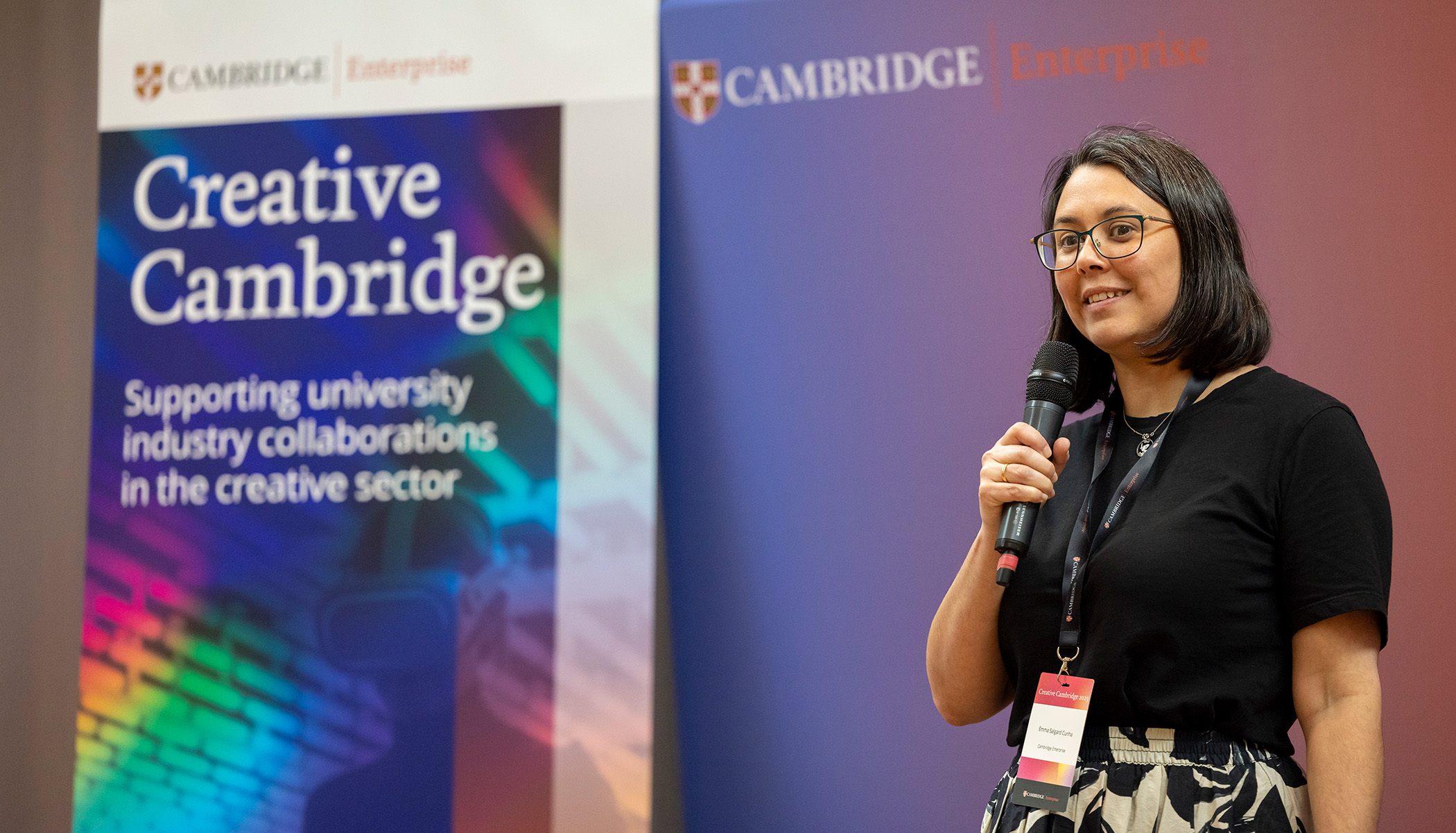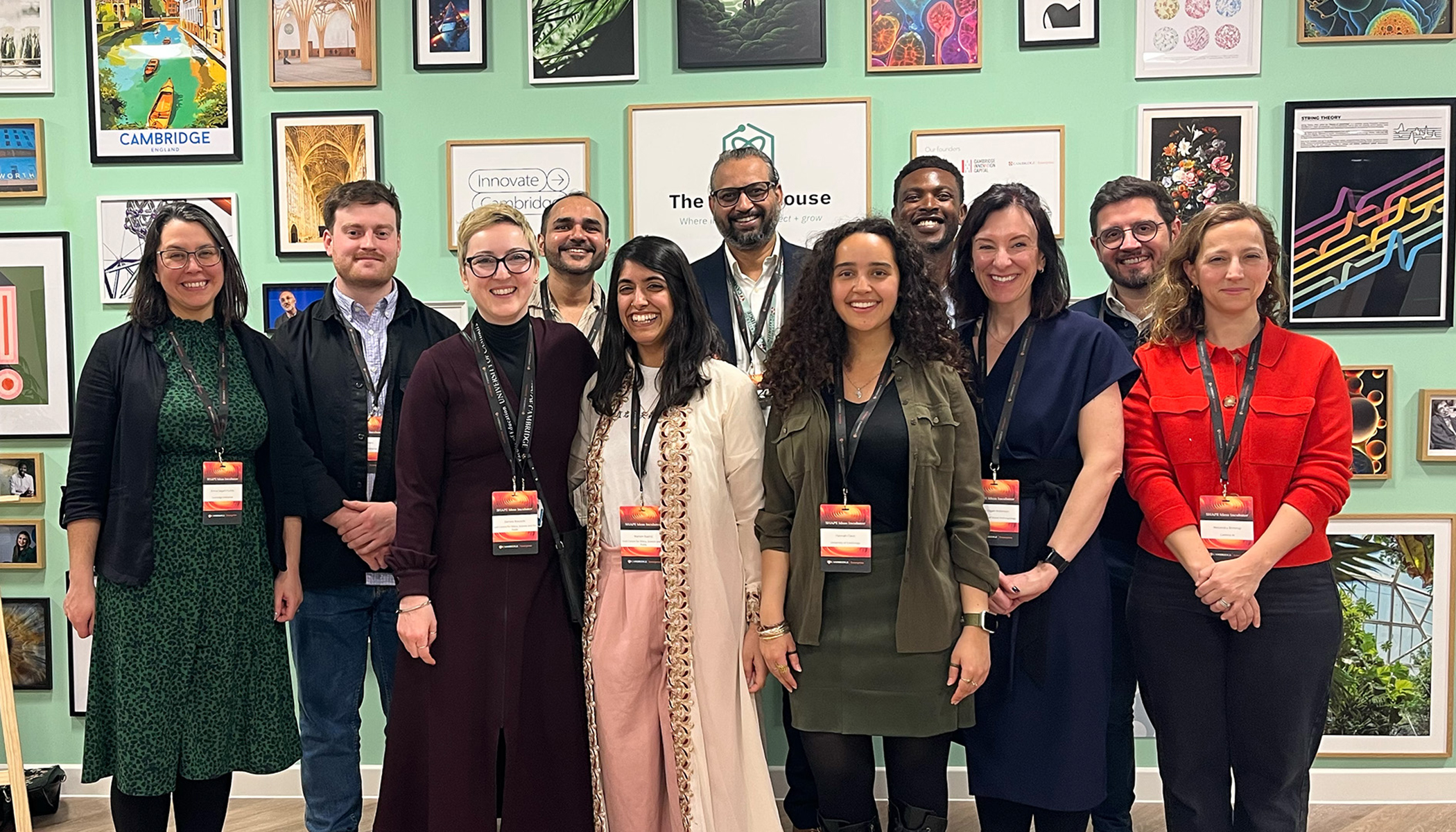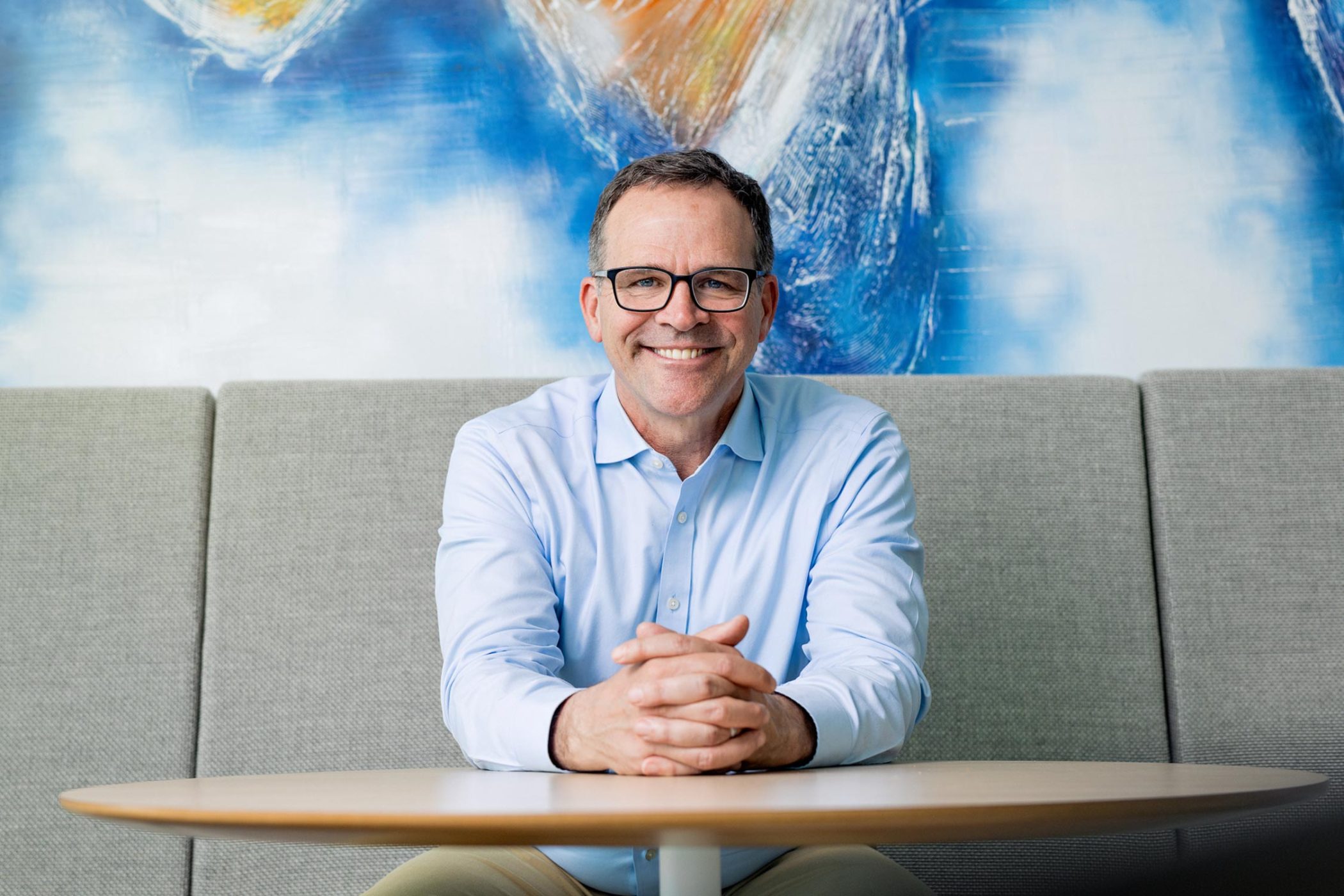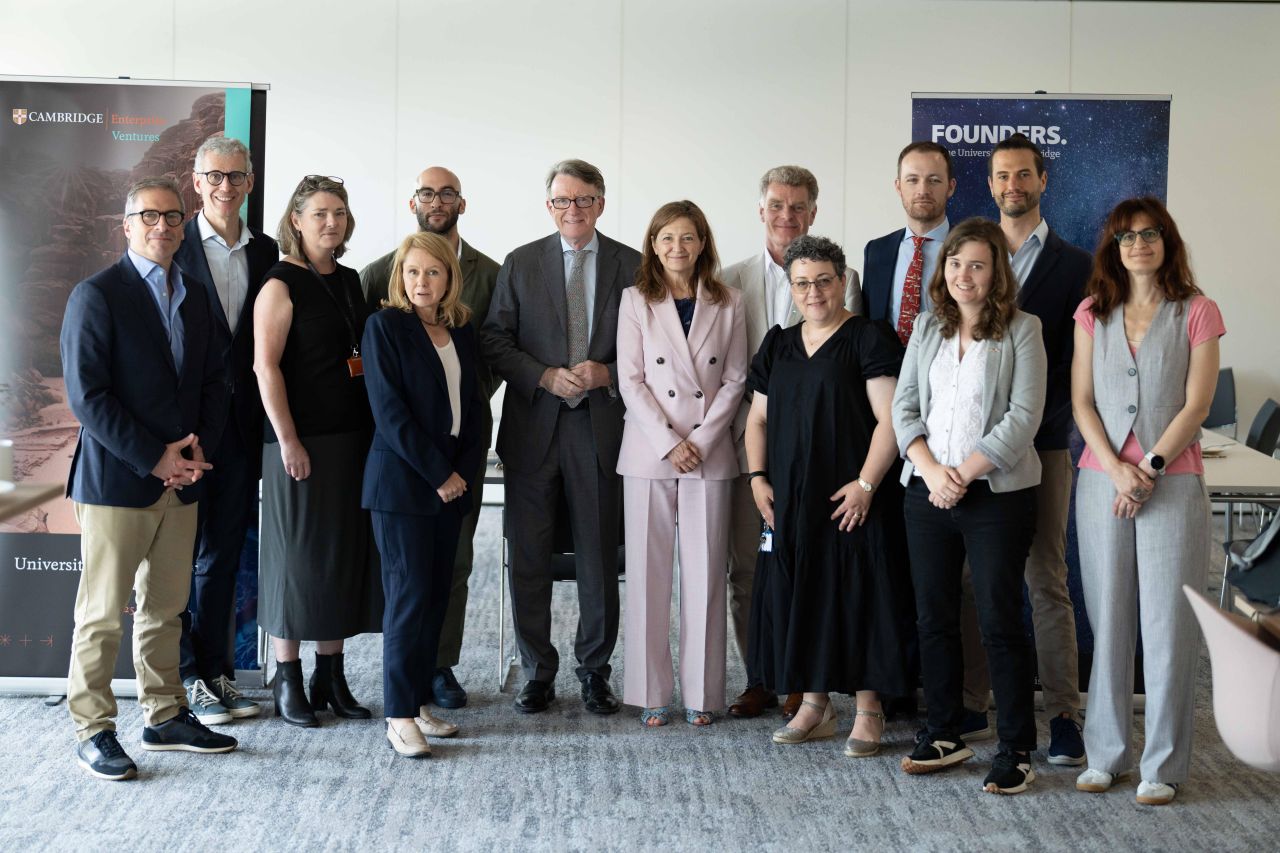Bridging academia and creative industries
Arts, Humanities & Social SciencesCambridge Enterprise recently hosted Creative Cambridge, a conference designed to bring together Cambridge academics, knowledge exchange facilitators, and professionals from the creative sector, including museums, theatres, creative agencies, design, gaming, media and more. The aim – to make visible a community of experts and practitioners who are open to collaboration and conversation.
The city of Cambridge has a worldwide reputation for its contribution to the creative industries, especially innovations in gaming technology. Despite this richness, it can be hard for individuals to navigate the networks and support services which span the universities and local creative networks, perhaps especially for freelancers and micro-companies, new startups, and for individual academics or students.
Some of our brilliant speakers included:
- Jan Storgards, the leader of the inspiring REACTOR programme at Anglia Ruskin which works to connect local SMEs with the university
- Rachel Drury and Rich Hall, creative directors of Collusion, a ‘tech meets arts’ initiative producing innovative experiential public art in Cambridge
- Bill Nicholl of the inclusive design project Design our Tomorrow
- Pamela Burnard, Professor of Arts, Creativities and Educations and advocate of STEAM pedagogies
We also heard pitches from academic entrepreneurs and others seeking collaboration on digital, creative and social good projects.
The takeaways
A profound takeaway from the day was how valuable it is to open our networks to each other. Exciting possibilities become apparent as technical, academic and creative skills and experiences mix.
Beyond that, a few themes and messages emerged for us to take forward:
- Researchers need help to engage with creatives and to explore creative technologies early on in a project, rather than just in the ‘impact’ or implementation phase. Collaboration and co-creation over the lifetime of a research project leads to innovative approaches, methodologies and tools as well as exciting outcomes.
- Perhaps a first step is to focus on initiatives to increase public engagement with research – working with partners who are expert in artistic and creative approaches to engaging the public can help researchers to bridge academic communications gaps.
- We need to share lessons learned – and we want to hear more about the specifics, the mechanics, the successes and the challenges of existing collaborations.
- We can look close to home for creative stimulation – the museums, libraries and galleries of the Cambridge universities are brimming with ideas, objects and spaces to inspire curiosity. Don’t overlook the work of curators, archivists, educators and facilitators in these institutions.
- We want to create more serendipity! But also – we want a map! Can we combine the desire to preserve chance encounters and spontaneous innovations with a more systemised approach to cultivating a creative ecosystem?
- The creative industries need space to grow. Just as in the life science and technology sectors, artistic, humanities and creative innovators need an “incubation” system that allows great projects to be connected to the people, the space, the equipment and the funding we need.
Cambridge Enterprise will continue to look for ways to foster dialogue, amplify new voices in the Cambridge entrepreneurial ecosystem, support ground-breaking projects, and provide a platform for Cambridge’s creative innovators to shape their impact on Cambridge and the wider world. We’re excited to have made many new connections, and the door is wide open if you want to join the conversation!





